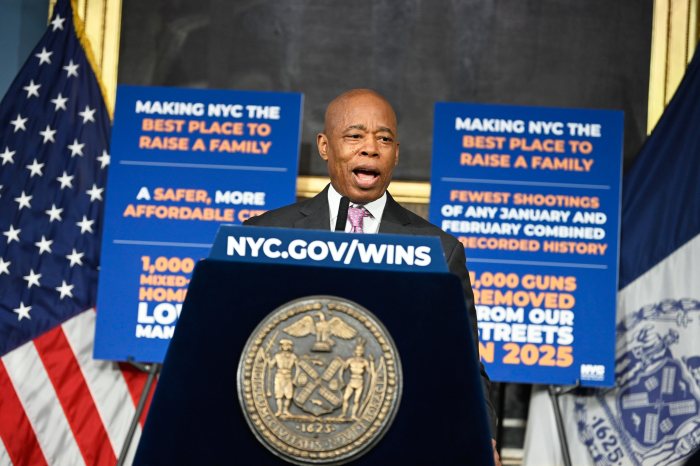Today, more than 3 out of every 4 Americans get insurance from an employer, Medicare, Medicaid, or the Veterans Benefits Administration. Americans who purchase insurance on their own, however, generally buy coverage in the individual insurance market.
Before the Affordable Care Act, coverage in the individual market often was unaffordable, had high co-pays or deductibles, or lacked basic benefits like maternity care, mental health services, and prescription drug coverage. These plans also had high turnover rates, and often were not renewed at the end of a plan year. One study showed that more than half of enrollees in the individual market left their plan within a year.
The health care law is creating new protections for people in the individual market, as well as strengthening employer-based coverage. In the Health Insurance Marketplace, consumers will no longer be charged more because of gender or a pre-existing condition, recommended preventive services will be covered with no additional out of pocket cost, there will be caps on out of pocket costs, and plans will have to offer a basic package of 10 categories of essential health benefits.
Some insurance companies that sell products in the individual market are making changes to their plans. Plans that were in place before the Affordable Care Act passed, and that essentially have not changed – that is benefits have not been cut or additional costs imposed on consumers – are exempt or “grandfathered” out of these basic requirements that ensure quality coverage. Those grandfathered plans can stay the same. Nothing has changed this fact, and that coverage can continue into 2014, so long as both the insurance company and the consumer agree that it will continue.
Some of less than 5 percent of Americans who currently get insurance on the individual insurance market have recently received notices from their insurance companies suggesting their plans may no longer exist. These Americans have a choice – they can choose a plan being offered by their insurer, or they can shop for coverage in the Marketplace. As insurers have made clear – they aren’t dropping consumers; they’re improving their coverage options, often offering plans that are more affordable.
Today, consumers have a choice of an average of 53 qualified health plans in the states where the federal government runs the Marketplace, including those in which it does so in partnership with states. Nearly all consumers live in states with average premiums below earlier estimates. Moreover, half of the people in the individual market today qualify for lower costs on monthly premiums when signing up for coverage through the Marketplace.
While the product is good, there is no denying the online experience on HealthCare.gov must be improved. We will not stop improving the site until every American that wants it has access to quality, affordable coverage.
Importantly, while the team is improving the site, we have opened up new pathways for consumers to apply for coverage through the Marketplace. There are four basic ways to apply for coverage. Sign up by December 15 for coverage that starts January 1, 2014. Enrollment stays open until March 31.
The author is the US Secretary of Health and Human Services






















